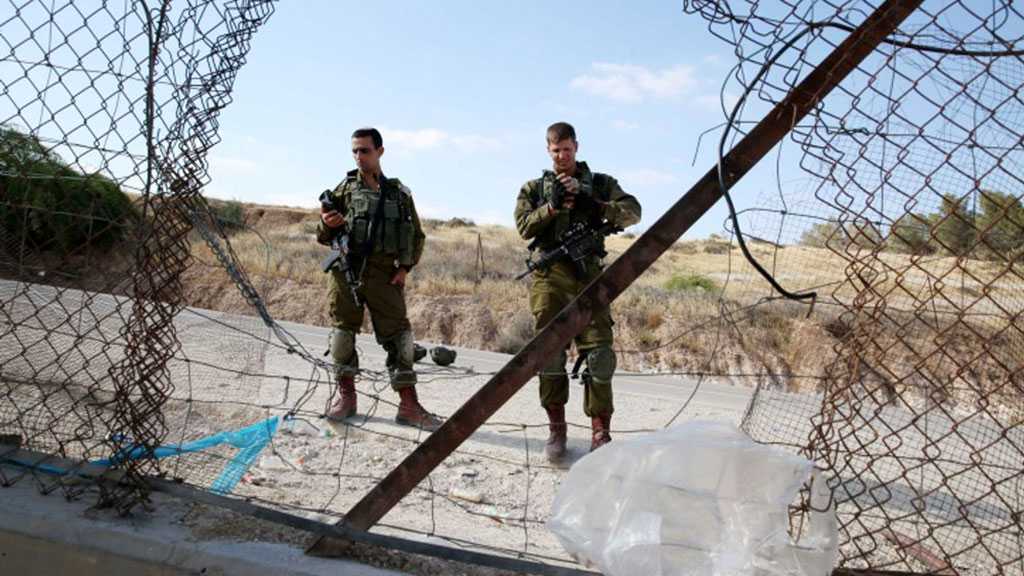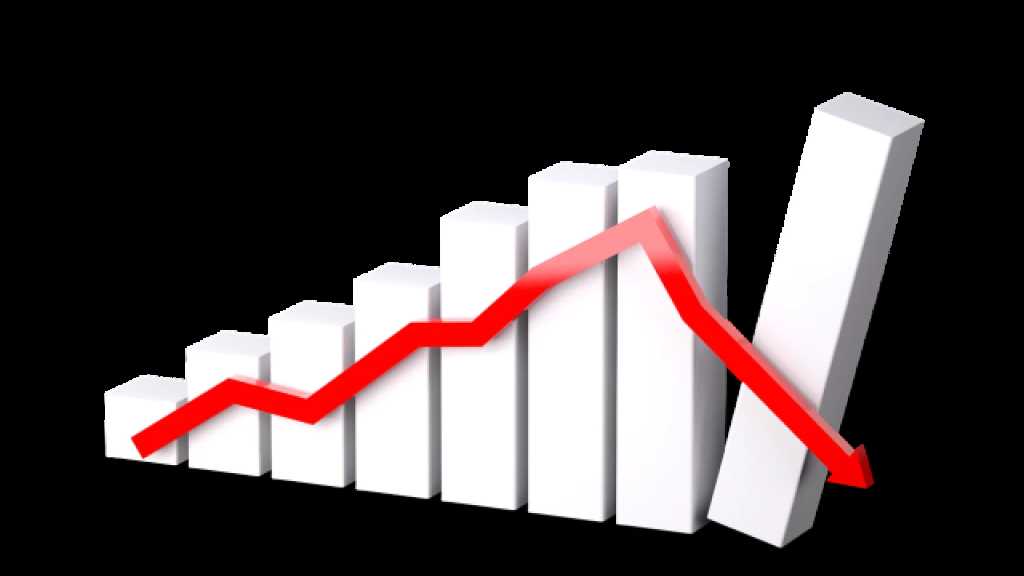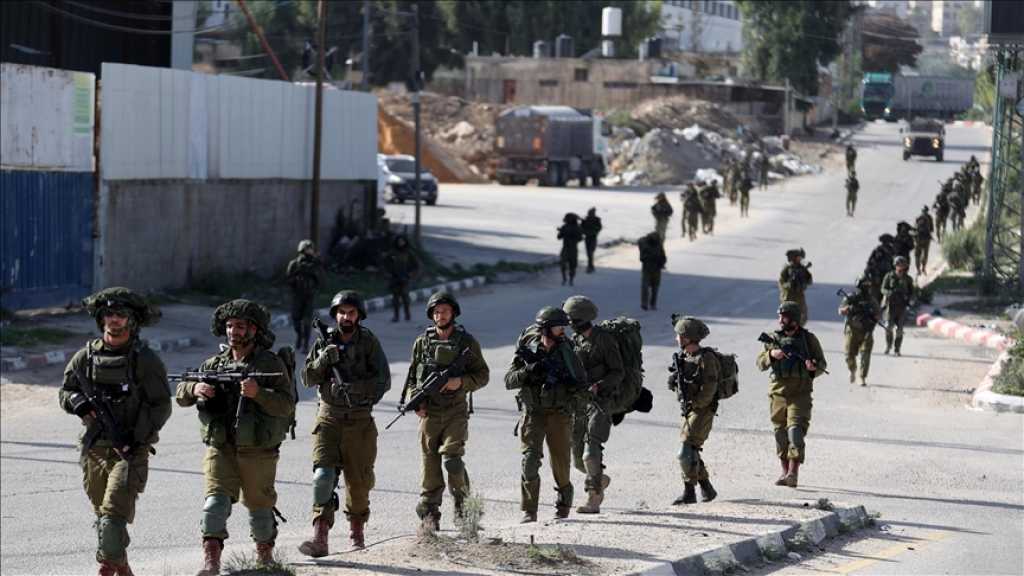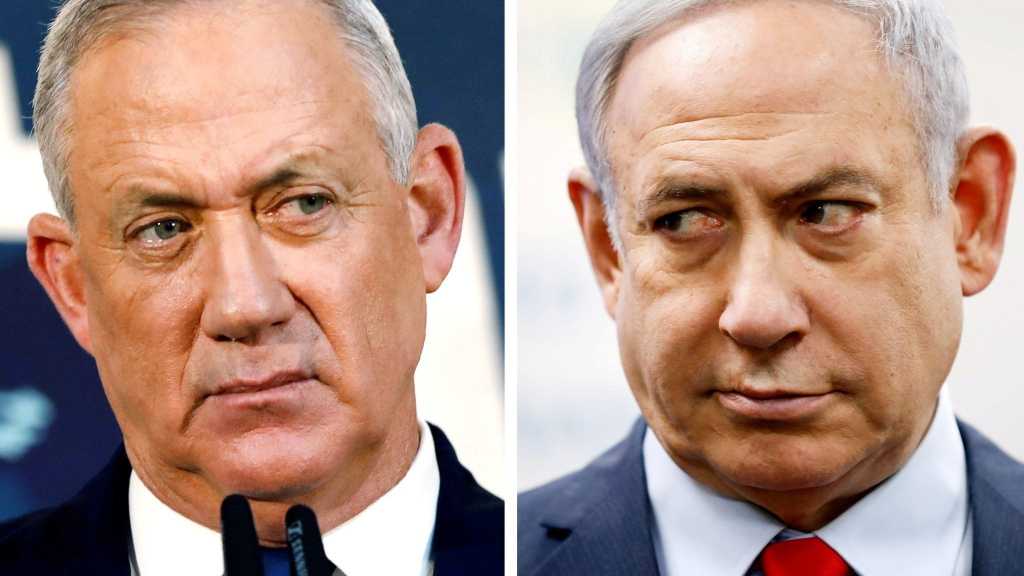
Tel Aviv Approve $93 Million to Upgrade Section of West Bank Security Barrier

By Staff, Agencies
The high-level security cabinet approved funding to upgrade a section of the occupied West Bank security barrier, the “Israeli” Prime Minister’s Office said Sunday.
According to a statement, the ministers voted unanimously to allocate some $93 million to improve a 40 kilometer stretch of the barrier along the so-called seam line.
The move came after a the shooter who on March 29 killed five people in “Bnei Brak” entered the “Israeli”-populated occupied Palestinian territories through a gap in the barrier, and security officials suspect the Palestinian shooter who shot dead three people in Tel Aviv on Thursday did likewise.
The high-level security cabinet approved funding to upgrade a section of the West Bank security barrier, the Prime Minister’s Office said Sunday.
“We will fight ‘terror’ with all the tools available to us and we will win,” “Israeli” Prime Minister Naftali Bennett tweeted after the cabinet meeting.
According to the War Ministry, the money will fund the upgrade of a 40 kilometer [25 mile] stretch of the barrier from the Salem area in the northern West Bank to the entity’s “Bat Hefer” region.
“The barrier will be comprised of concrete, protective equipment, and additional technological components. It will be up to 9 meters [29.5 feet] high and will replace the fence that was built about 20 years ago,” the ministry said, adding that it plans to begin work in the coming weeks.
Senior security officials told Hebrew media that they believe that the Tel Aviv shooter crossed into the “Israeli”-populated occupied Palestinian territories through a hole in the security barrier near Jenin, even though the military recently fortified the fence in that area.
The West Bank security barrier was first suggested in the 1990s by the late prime minister Yitzhak Rabin, who saw it as a way to separate the “Israeli”-populated occupied Palestinian territories from the Palestinians. But the project never materialized due to internal opposition.
It was only during the Second Intifada that the idea was revived and kicked into high gear.
Many credit the barrier with helping end that uprising, which lasted from 2000 to 2005, though of its planned 708-kilometer [440-mile] route, only 62% has been completed.
The security barrier did not come without controversy, though, as the fence sparked local demonstrations and international condemnation over its route, snaking into the occupied West Bank through seized Palestinian fields and sometimes cutting off farmers from their land.
About 85% of the barrier runs within the occupied West Bank, with the remaining 15% running along the Green Line – the pre-1967 ceasefire line that delineates the entity from the West Bank – and within “Israeli”-populated occupied Palestinian territory. In total, the barrier is estimated to have cost the entity some $2.8 billion according to the Knesset Research and Information Center.
For most of its route, the barrier consists of a chain-link fence equipped with surveillance cameras and other sensors, buffered by barbed wire and a 60-meter [200 foot] wide exclusion area. In more urban areas – including around al-quds [Jerusalem] and Bethlehem – the barrier is not a fence but an eight- to nine-meter [26- to 30-foot] high concrete wall.



